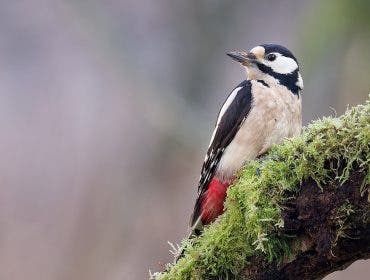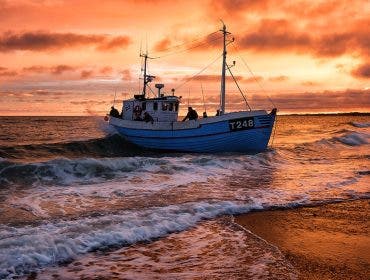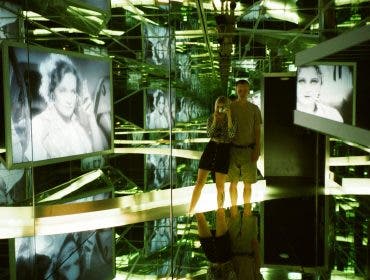One hears a great deal about time management apps and methods designed to improve productivity, but how can a wildlife photographer like me apply the Pomodoro technique or similar approaches? My work doesn’t happen in an office, nor does it happen in a 25-minute timeframe. I must be in one location when the cranes arrive and in another when red deer are in rut. I have to manage the logistics of getting to faraway places as well as making the most of what locations close to my home have to offer.
So, despite the stunning apps out there, I remain faithful to the good old calendar. To be specific, I use a Google Calendar app these days, and I plan an entire year ahead. Here is how a simple yearly calendar helps me take better wildlife photographs. And also, how it can completely change the way you do wildlife photography as well.
Why You Should Set Up a Yearly Calendar for Photography
First of all, setting up a yearly calendar for your photography is not something specific to wildlife photographers. You should consider it regardless of your preferred genre. Instead of just showing up, hoping for the best shots, and being disappointed that reality didn’t match your expectations, just take an hour or so to set up the schedule for a year.
The main reason for using a yearly calendar is better timing. You get to be at the right place at the right time, which is crucial for wildlife photography and for any other genre (e.g., wedding, landscape, macro, street, etc.).
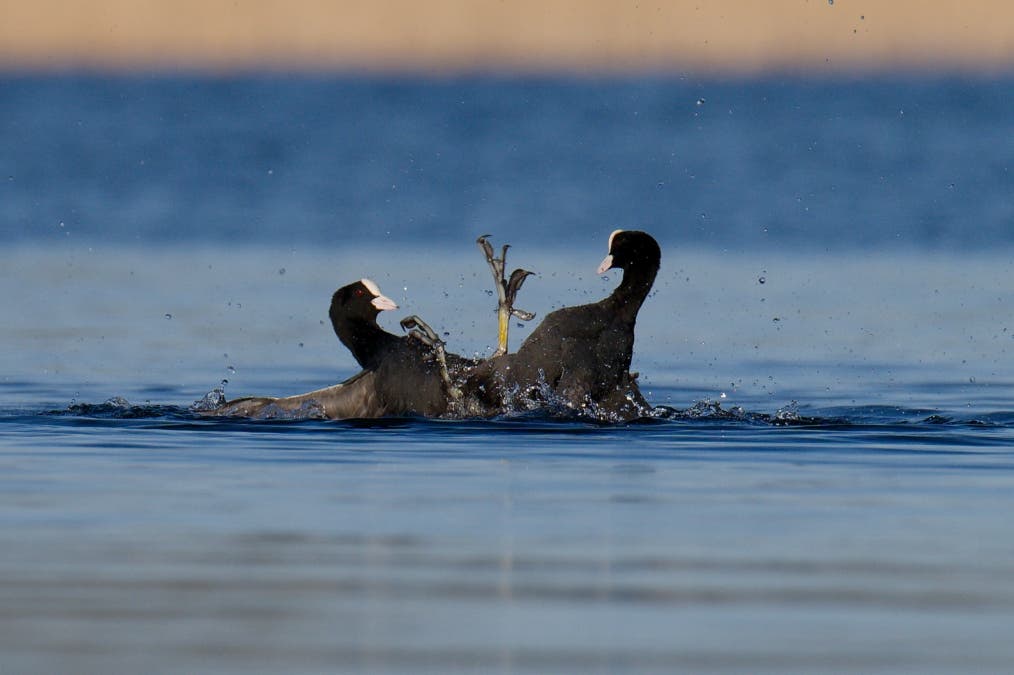
I also like setting up the calendar for the whole year. This is because it gives me more time to plan my photo sessions. As I know the location, subject matter, and conditions months before the photoshoot, I get to do my research, plan my travels, and prepare the gear in peace. You need a bit of structure in this job. And keeping a calendar is a great way to keep you on track.
Furthermore, working with a calendar improves not only planning and workflow but also your actual pictures because it gives you an overall perspective that boosts storytelling. For instance, you can add a temporal dimension by including a follow-up session or revisiting a place in a different season. You can even document a species throughout the year and photograph its various stages in life or follow its migration.
How to Set Up a Yearly Calendar for Wildlife Photography
Take out a calendar, whether a physical one or an app, such as Google Calendar, Apple Reminders, Microsoft Outlook, or others. Now, let’s set up a great year of wildlife photography in just four steps.
Step 1: Events Happening Within Reach
Start with events happening within reach. These should take most of your schedule because they are convenient and doable. For example, plan to photograph wildlife that lives within a one-hour drive from your home. Of course, if you can easily do a four-hour drive, take that as a mark. But don’t plan to cross the country or the continent twice a week because it’s not feasible.
With this spatial limitation in mind, research the species you could photograph and find out the best time to pay a visit. It may be local fauna habits, a bird migration you are interested in, or something more specific like the grebe’s courtship season. As long as it happens nearby and you have the means to get there stress-free (e.g., by car, public transportation, bike, etc.), make a note in your yearly calendar.
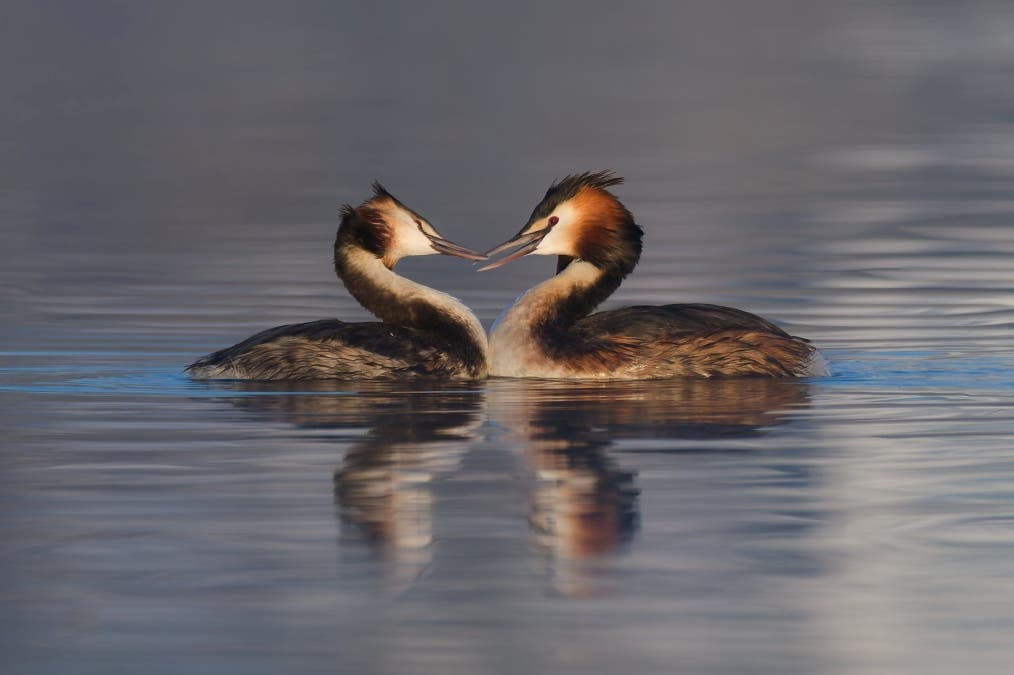
There is plenty of information about animals out there, from books to the mighty internet. At the same time, you are sitting on information you don’t use. Browse through your portfolio looking for great shots. This could be Eurasian coots fighting, grebes carrying their babies on their backs, deer in rut, and so on. Animals are predictable! So, if you took a good shot in May last year, expect the same next year. Again, make a note in your calendar for a more intentional photoshoot.
Step 2: Recurrent Events
The next step is to add events you are sure to happen to your calendar. Yes, even if they aren’t close to your home. A few times a year, you can travel a little bit farther to photograph something unique. But instead of doing it blindly and hoping you will have the encounters you desire, add the trip to your calendar.
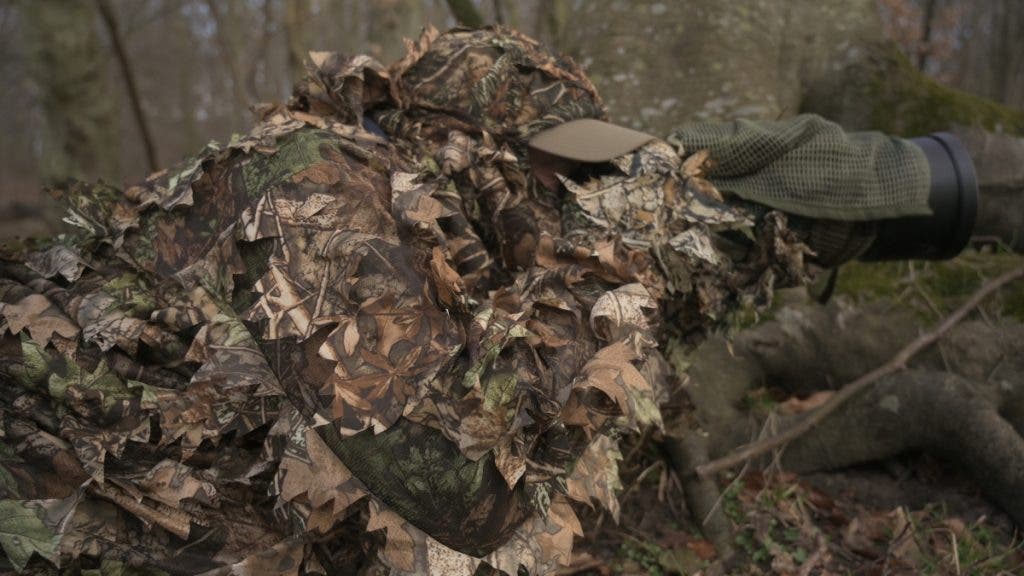
For example, red deer stags have impressive antlers that any wildlife photographer would love to capture. In Denmark, you can spot red deer in the North Jutland Region, which is not very close to where I live. However, the one time I made the effort and found myself there was in March, and red deer stags shed their antlers around March or April. My poor research and overly optimistic approach led to no good pictures that time. I could have photographed them in any of the ten months when they do have antlers, had I only made a note in my calendar.
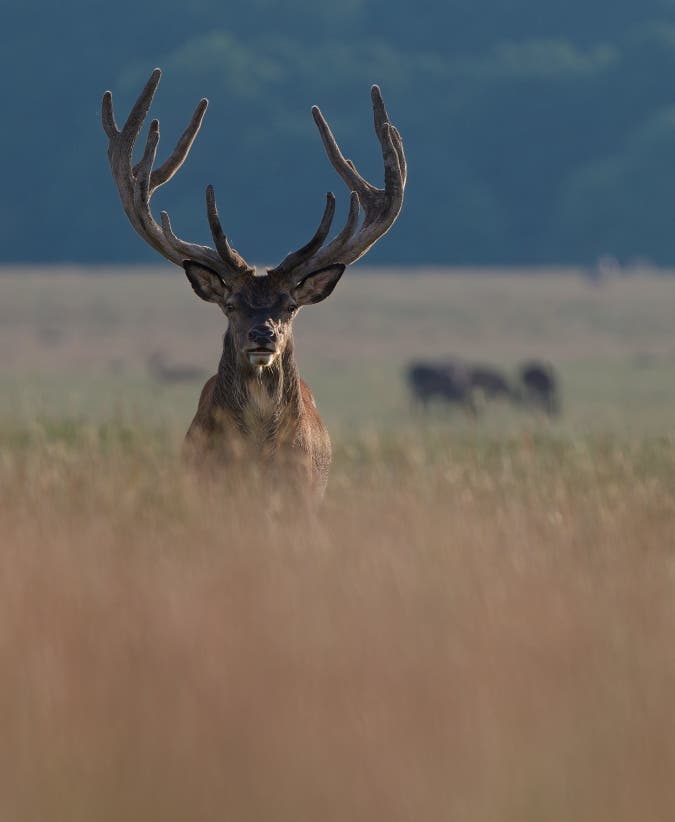
Therefore, recurrent events you can rely on are sure to provide good wildlife photography opportunities. But you must be prepared and do your research because timing is key.
Short-lived Events
The third step to using a yearly calendar to improve your wildlife photos refers to short-lived events. These are events that last only a week or two. Thus, even if they happen very close to you, you can still easily miss them. Here, the structure of a calendar is essential. If you use a calendar app, make sure you add reminders. If you don’t know the exact date of the event, add the approximate date to your calendar. After, add a reminder to have you check for new information.
My favorite example is my missed opportunity of capturing shots of the 10,000 – 15,000 cranes that visit a nearby location for about a week or so every year. They land in the same fields each time, and there is even a blog documenting their stay. Thus, I should have added an entry to my calendar with a rough estimate of their arrival and reminders to get me to check the blog during that time. Without knowing when they arrive and being prepared for the drive there and the photoshoot, I would miss them entirely. I would have to wait a year for the next window to open up. That was what happened to me, this spring. Simply because I didn’t use the calendar. I checked the blog two days after the cranes had moved on. So I have no images to show for that.
Species Timelines
When you use a yearly calendar, you can take on the challenge of documenting a year in the life of a species. There are dedicated websites for wildlife that provide the species’ yearly cycle in detail. Just search “name of the species year cycle” in your native language to ensure the information you get fits the local calendar and area.
Example
For example, if I search for the fallow deer year cycle in Denmark, I find that the fallow deer rut period is from mid-October to the end of November. I also find that they don’t fight as much as red deer, so I can adjust my expectations and gear accordingly. They pick each other more intentionally and don’t really live in flocks like other deer. That is an interesting fact and food for storytelling. Around April, stags shed their antlers and fully grow a new pair by August or September. Packed with this knowledge, I can now plan when and where to look for fallow deer, expect a certain behavior at a certain time of the year, and document their yearly timeline accurately.
In addition, knowing the specie’s timeline allows me to avoid dead times in my calendar and fill up the schedule. For instance, the red deer rut period is in September and October, slightly before the fallow deer, which gives me time to capture both. Besides, red deer do fight and provide a very dramatic scenery, so I can book September to focus on red deer. I can book June for Grebes with chicks on their back because that’s when I can take beautiful shots of baby grebes.
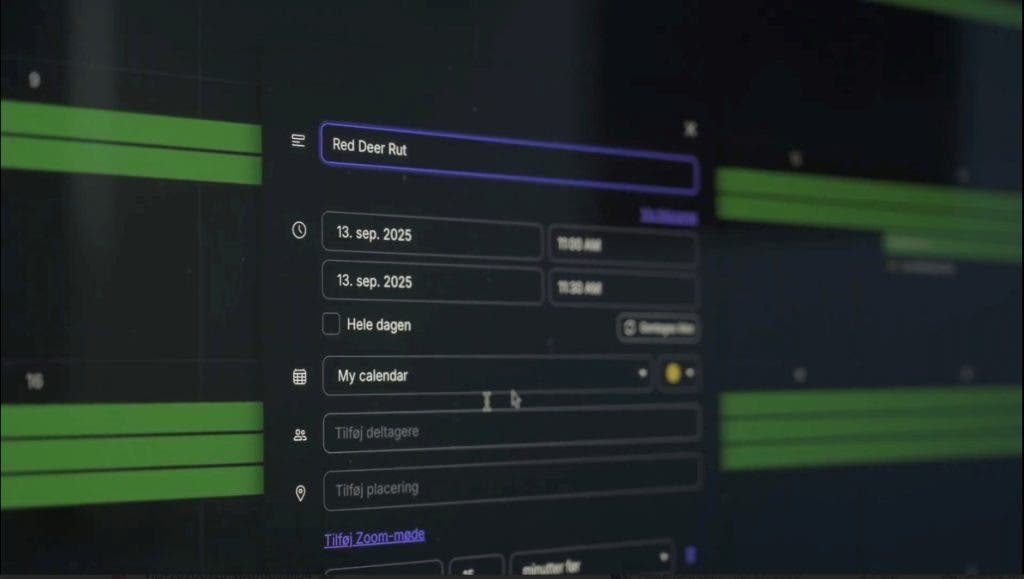
Creating timelines allows me to dedicate each month to a certain subject or two subjects, whether a local one like deer or passing by like migratory birds. Based on the main events, such as the rut season, courtship, migration, and so on, I have something to look forward to each month without having to travel extensively. More importantly, I avoid being at the wrong place at the wrong time.
Final Thoughts
I hope I have convinced you to use a yearly calendar to organize the main events for wildlife photography. You only have to do the research once and add all the events to the calendar of your choice. Then, you can make small adjustments as the year passes by, but nonetheless, you will have a major focus for each month, no dead time, and no event clashes. Your wildlife portfolio will get richer, and your shots will get better, in terms of interesting subject matters, composition, and storytelling. When stress and frustration levels go down, inspiration and creativity levels go up, and that’s really what makes a wildlife photographer productive. All you need now is a calendar.



